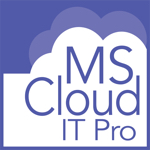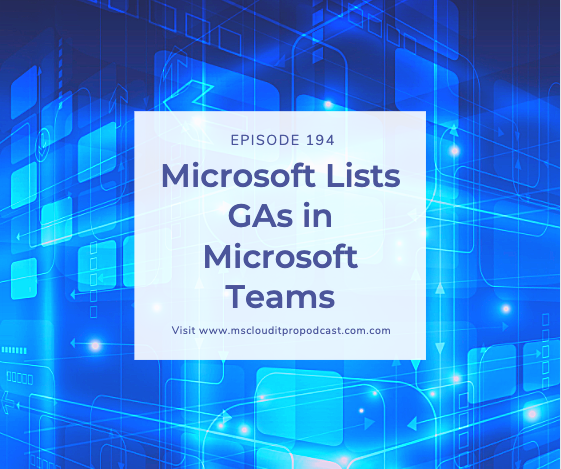
by Scott | Sep 9, 2020 | Podcast
Podcast: Play in new window | Download (Duration: 31:19 — 21.5MB)
Subscribe: Spotify | Amazon Music | Pandora | iHeartRadio | Email |
In Episode 194, Ben and Scott dive into the recent announcement of the GA of Microsoft Lists in Microsoft Teams.
(more…)
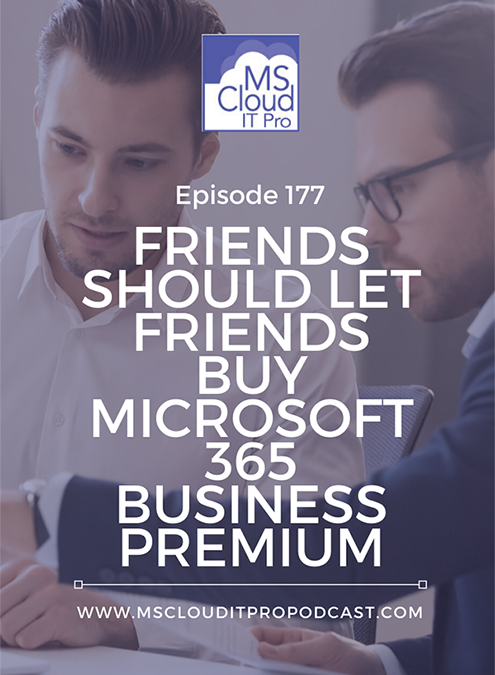
by Scott | May 14, 2020 | Podcast
Podcast: Play in new window | Download (Duration: 33:37 — 23.1MB)
Subscribe: Spotify | Amazon Music | Pandora | iHeartRadio | Email |
In Episode 177, Ben and Scott break down the changes in Microsoft 365 Business Premium and how it compares against Office 365 Enterprise Plans including the Office 365 E3.
(more…)
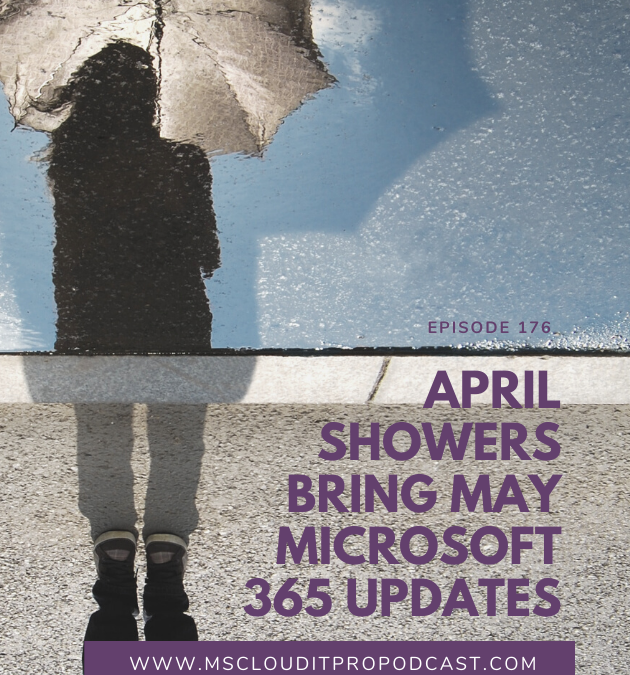
by Scott | May 7, 2020 | Podcast
Podcast: Play in new window | Download (Duration: 30:01 — 20.6MB)
Subscribe: Spotify | Amazon Music | Pandora | iHeartRadio | Email |
In Episode 176, Ben and Scott dive into the April announcements around feature updates to Microsoft Teams, Microsoft Threat Protection, and Azure Active Directory.
(more…)
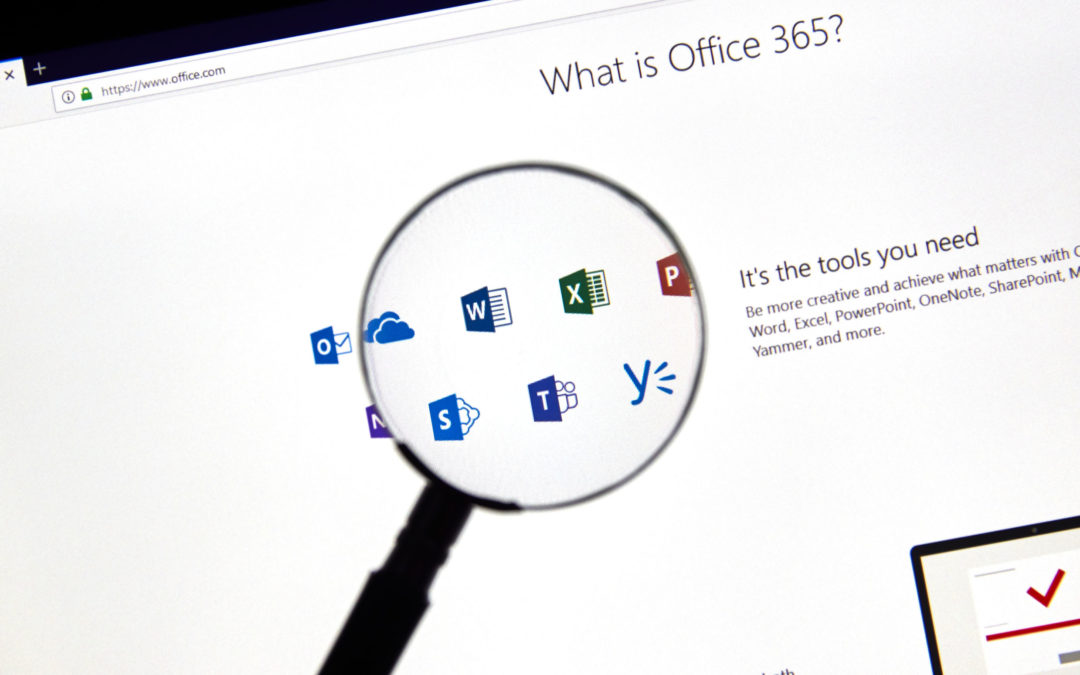
by Scott | Apr 9, 2020 | Podcast
Podcast: Play in new window | Download (Duration: 28:07 — 19.3MB)
Subscribe: Spotify | Amazon Music | Pandora | iHeartRadio | Email |
In Episode 172, Ben and Scott break down some announced changes around the rebranding of several Office 365 for Business SKUs to Microsoft 365. (more…)
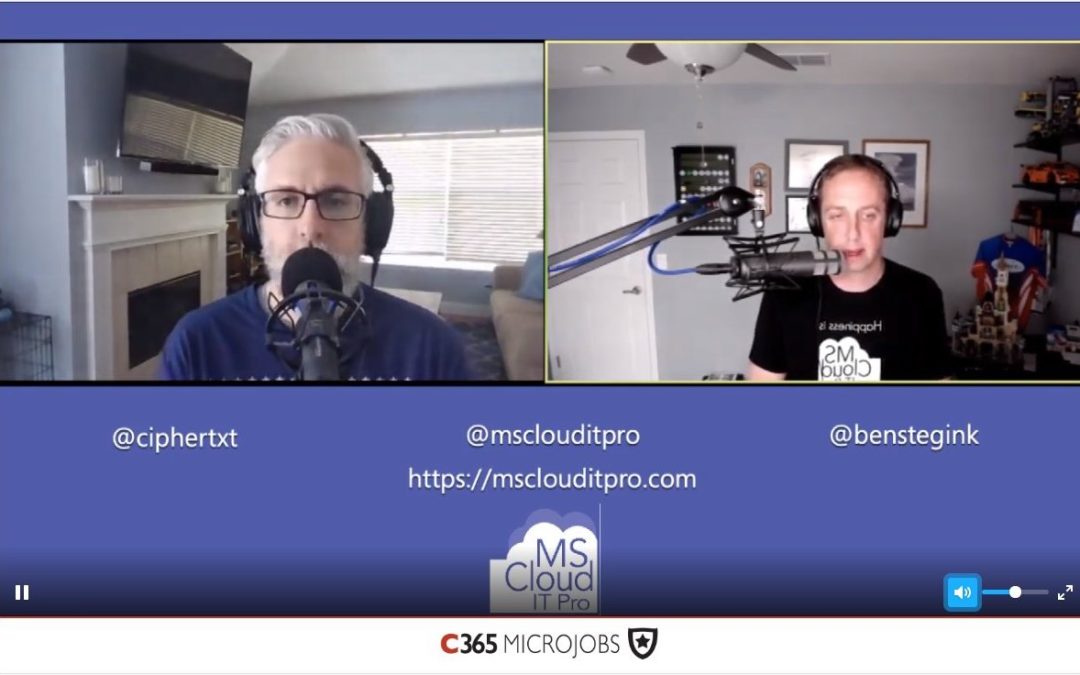
by Scott | Mar 12, 2020 | Podcast
Podcast: Play in new window | Download (Duration: 48:29 — 33.3MB)
Subscribe: Spotify | Amazon Music | Pandora | iHeartRadio | Email |
In Episode 168, Ben and Scott come to you live from Collab365 GlobalCon1 (well, really the comfort of their homes) and talk about Universal Print coming to Azure, the announcement that org-wide teams are coming to Office 365 for tenants with less than 5,000 users, and the GA of PowerShell 7.0. (more…)

